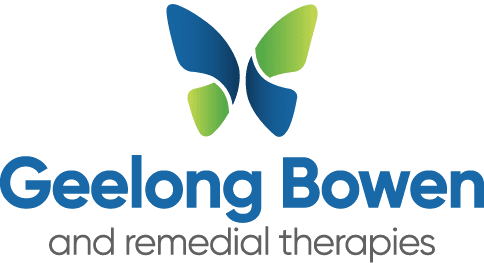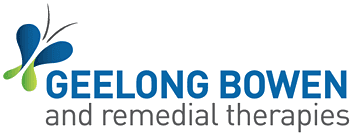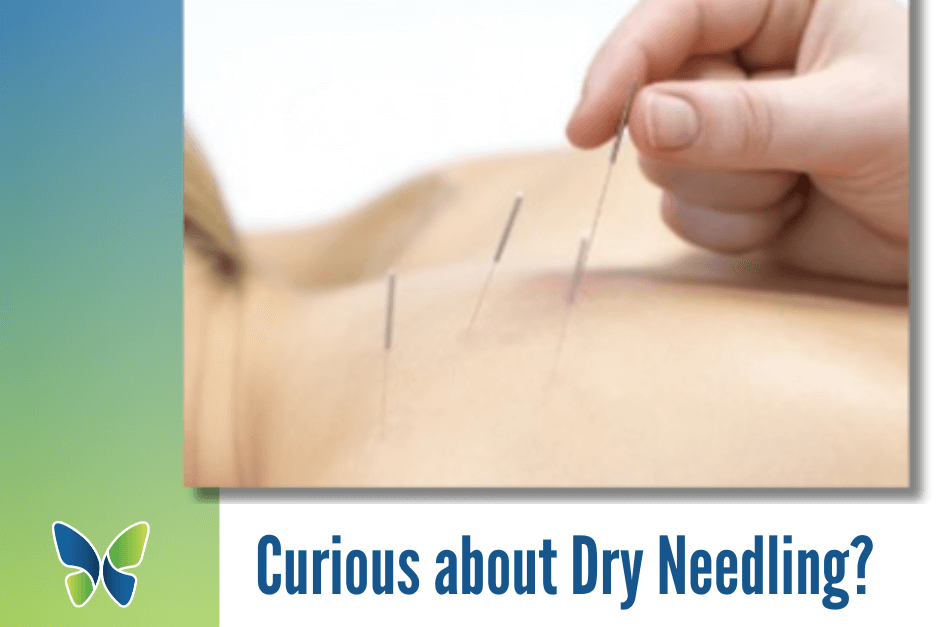You might have noticed athletes or individuals sporting circular marks on their back and shoulders, looks like they had a run in with an octopus! This is the result of a technique called ‘Myofascial Cupping’ or simply ‘Cupping’ an ancient practice with profound healing benefits. Let’s delve into what this modality is all about.
Myofascial Cupping Unveiled: A Journey Through Time
Myofascial Cupping’s history spans centuries and continents. It originated in ancient China and Egypt, evolving from animal horns to modern glass and plastic cups. Over time, practitioners adapted techniques, making use of the vacuum effect for various healing purposes. By creating suction within these cups, they draw the skin, superficial muscles, and connective tissues towards them.
How Does Myofascial Cupping Work?
Unlike traditional massage techniques that apply compression, Cupping employs a reverse approach, negative pressure. The cups create suction, lifting tissues and promoting various therapeutic effects. This motion underneath the skin’s surface can alleviate muscle tension, enhance blood circulation, and facilitate healing by infusing oxygen to the treated area.
The Application Process:
Modern advancements have brought us plastic cups equipped with pumps which are now more prevalent than the traditional heated glass cups.
Two main techniques of cupping:
Gliding: Cups are moved across the skin with the aid of oil, gently pulling the tissues as they glide.
Stationary: Cups are placed on specific tight spots for a few minutes, often leading to temporary marks.
The Science Behind the Marks:
Those circular marks that result from Myofascial Cupping may look unusual, but they have a therapeutic purpose. The vacuum effect created by the cups causes capillary rupture and mild bruising, known as ecchymosis. This process triggers beneficial effects like altered pain thresholds, enhanced blood circulation, reduced swelling, and increased tissue temperature.
Benefits Beyond the Marks:
- Relaxation of the nervous system.
- Passive stretching of soft tissues.
- Improved blood circulation and skin nourishment.
- Reduction of tension and tissue adhesion.
- Prevention of scarring and promotion of healing.
- Enhanced lymphatic drainage.
- Hydration and increased blood flow to body tissues.
- Improved joint flexibility and range of movement.
When to Approach Myofascial Cupping with Caution:
While Myofascial Cupping can be highly beneficial, there are instances when it’s important to exercise caution. Contraindications include conditions such as malignant tumours, acute injuries, circulatory conditions, herniated discs, extreme illnesses, and more.
To discover more Book a Myotherapy treatment with Nadine HERE






